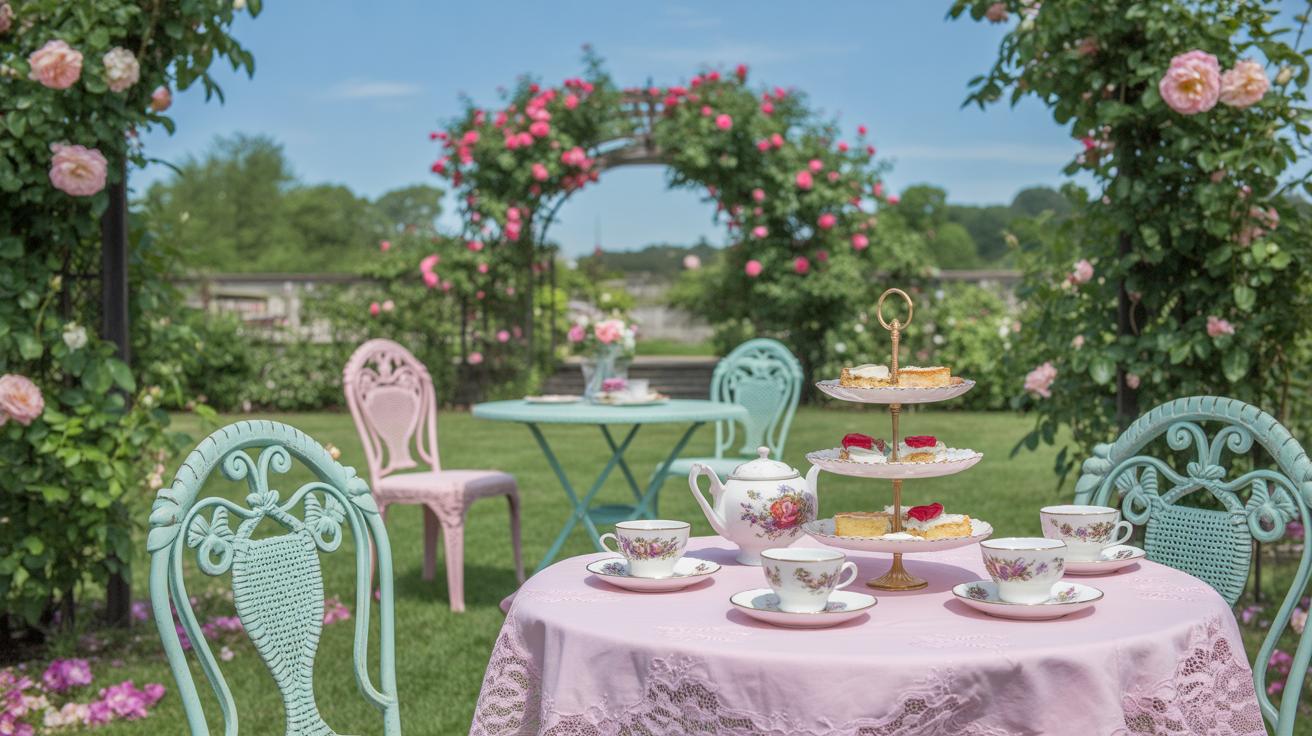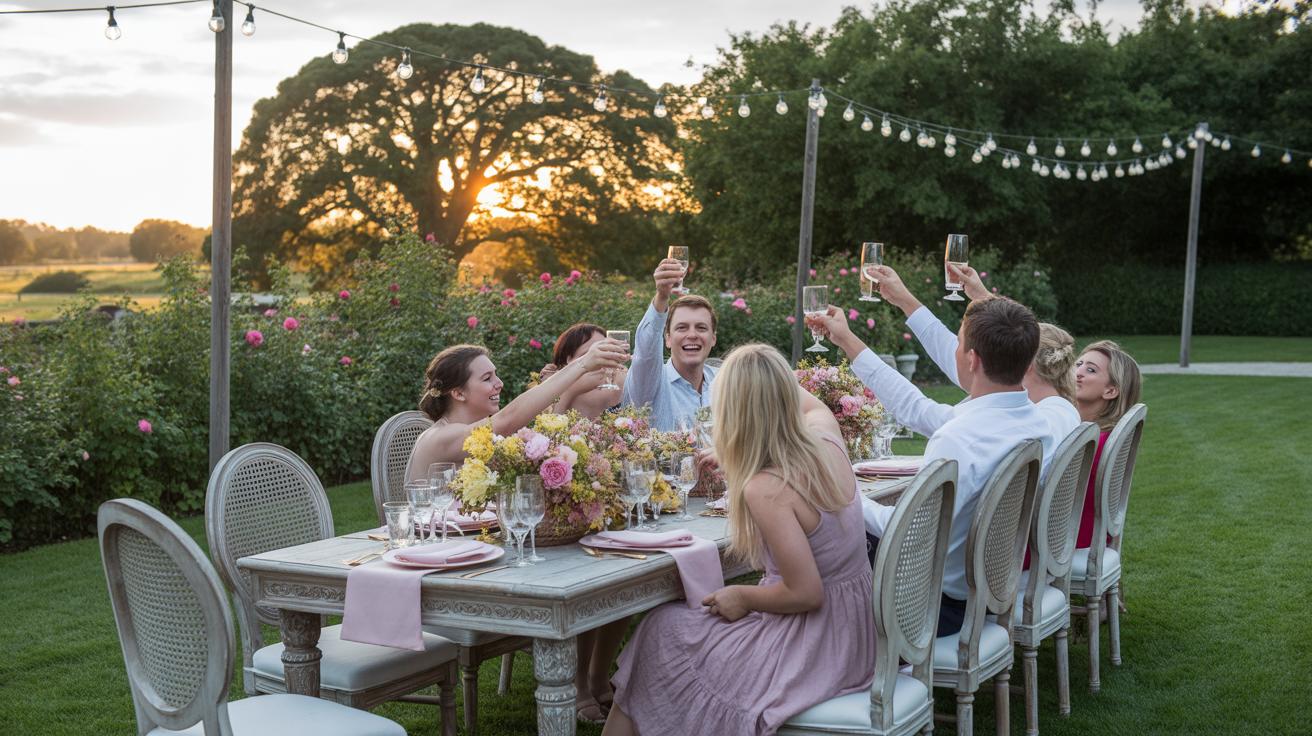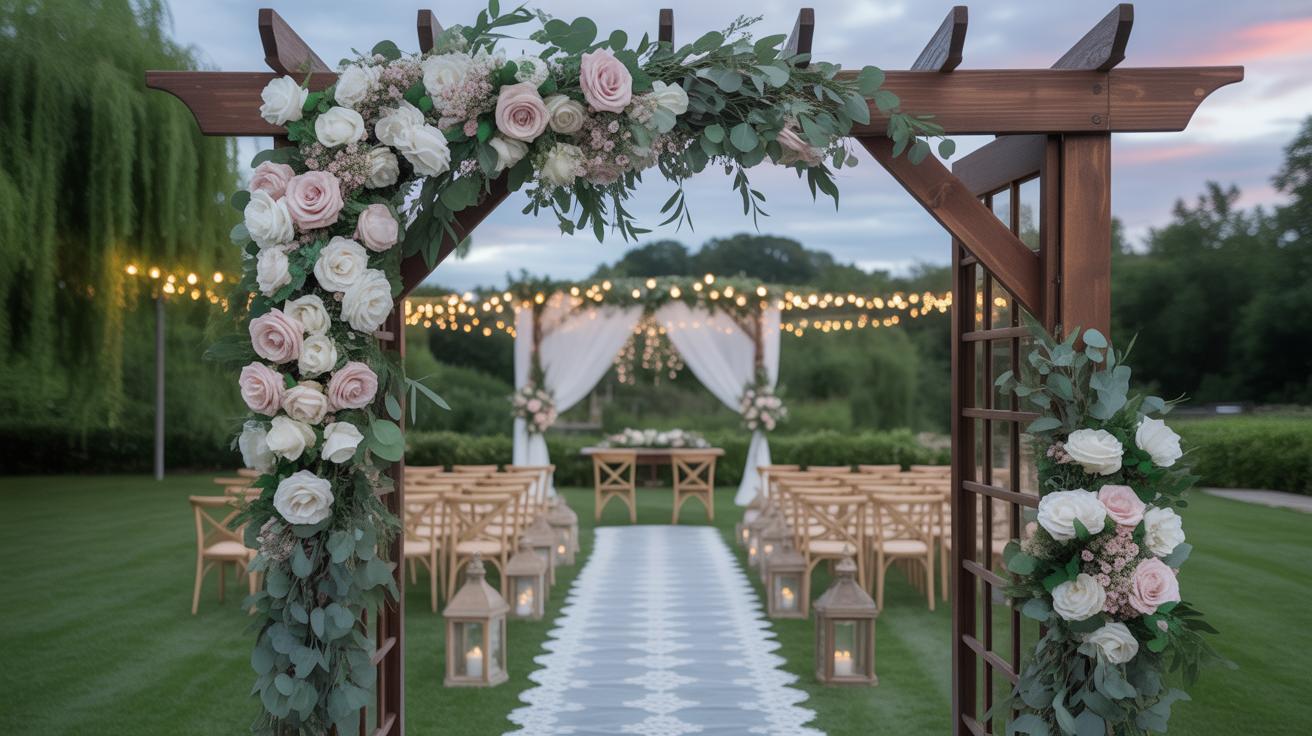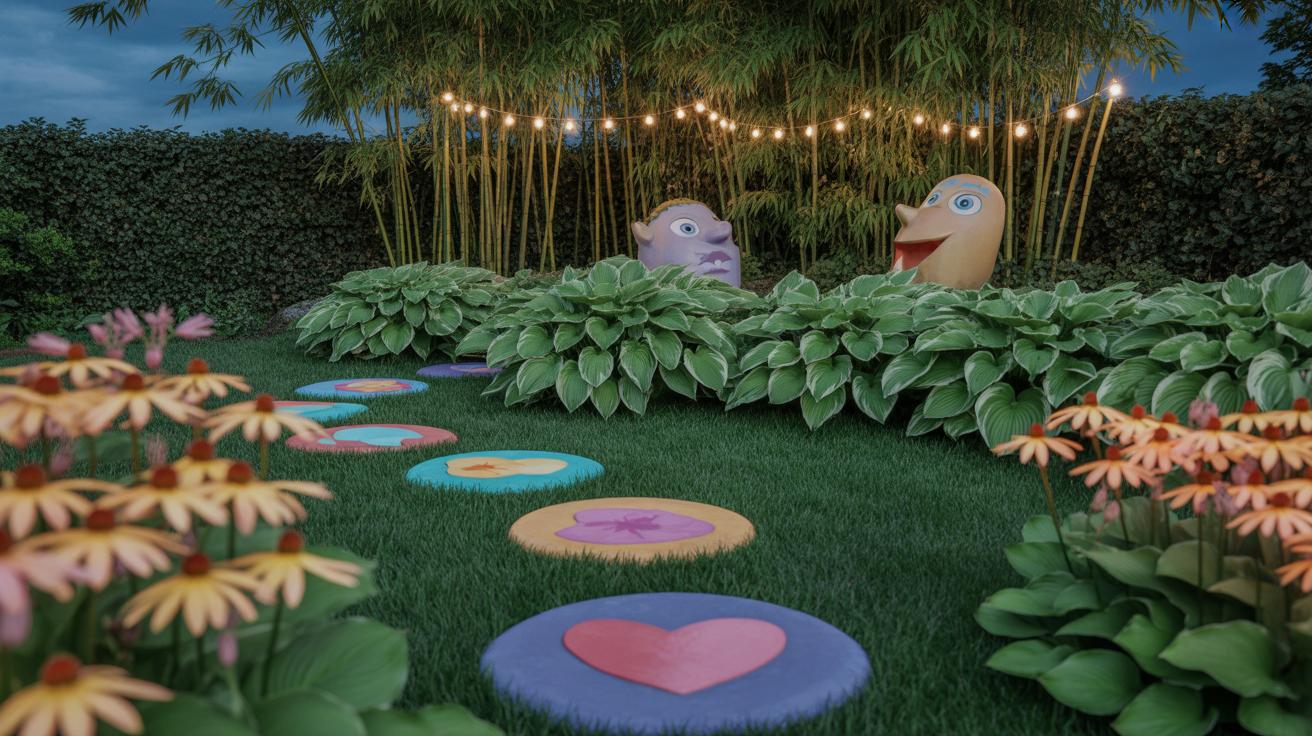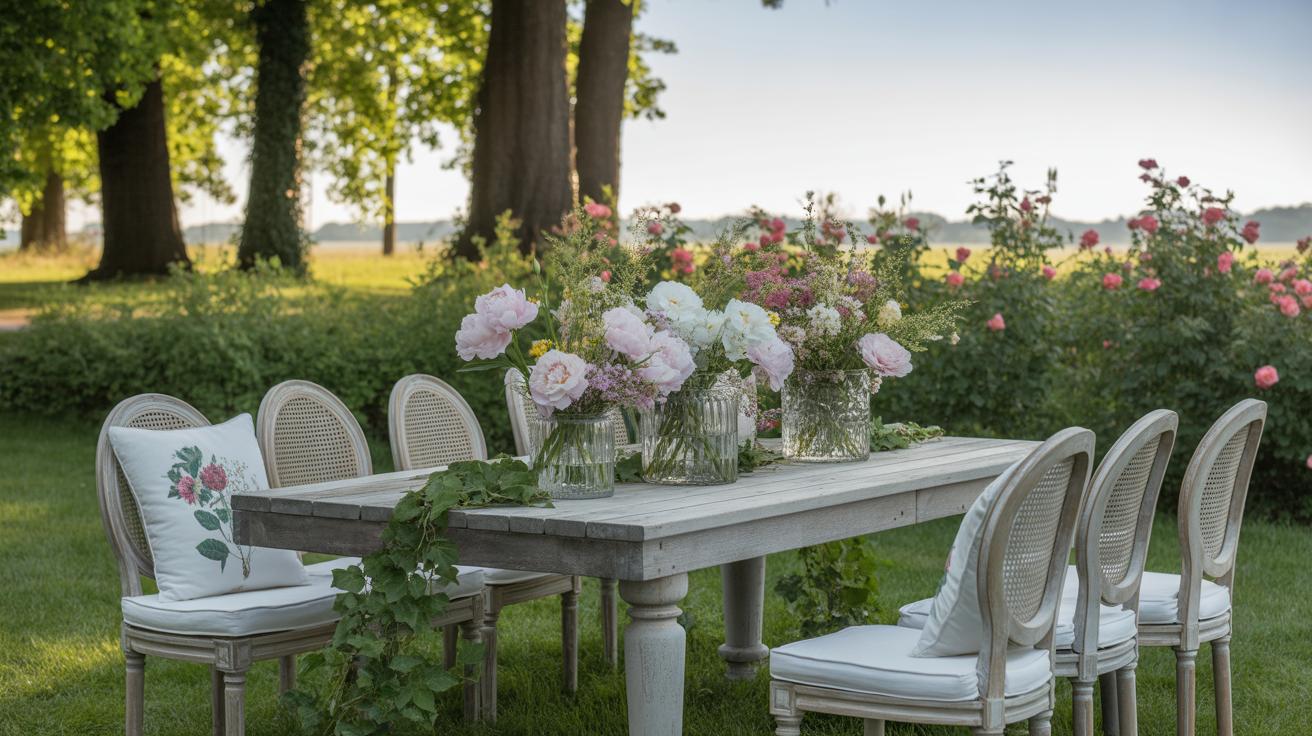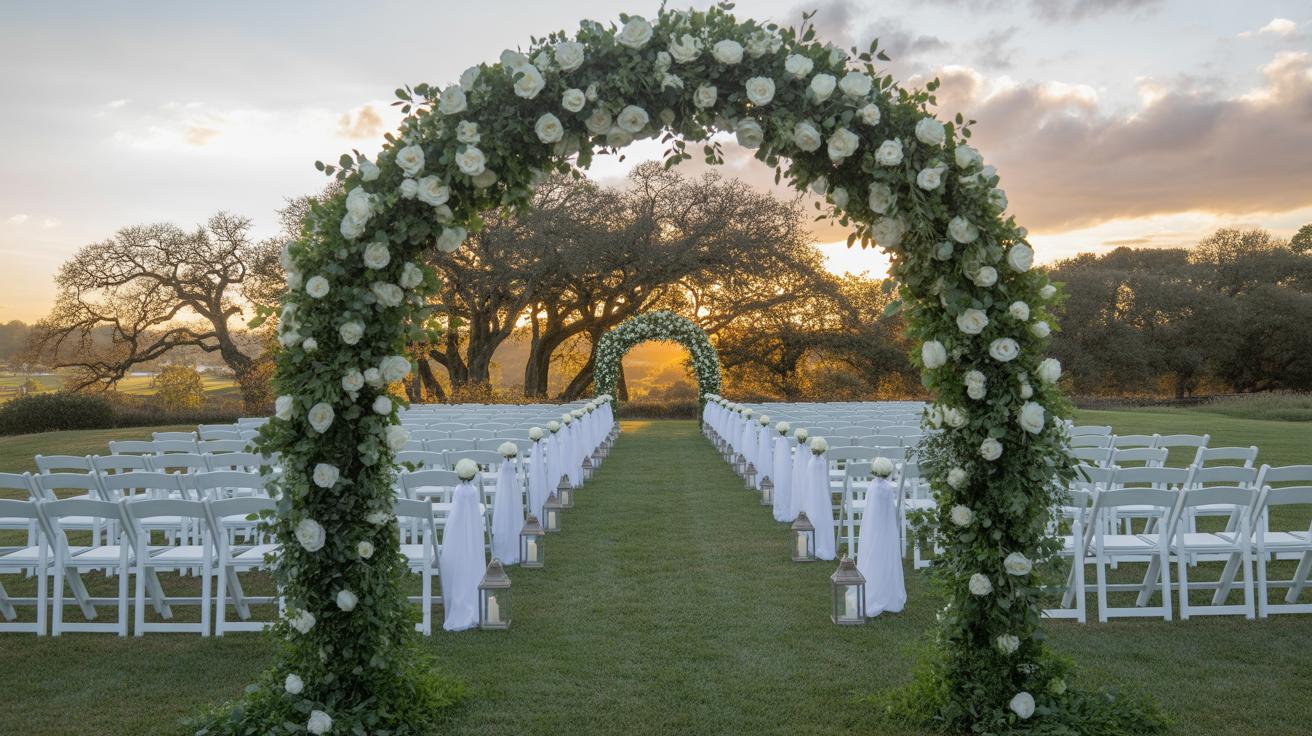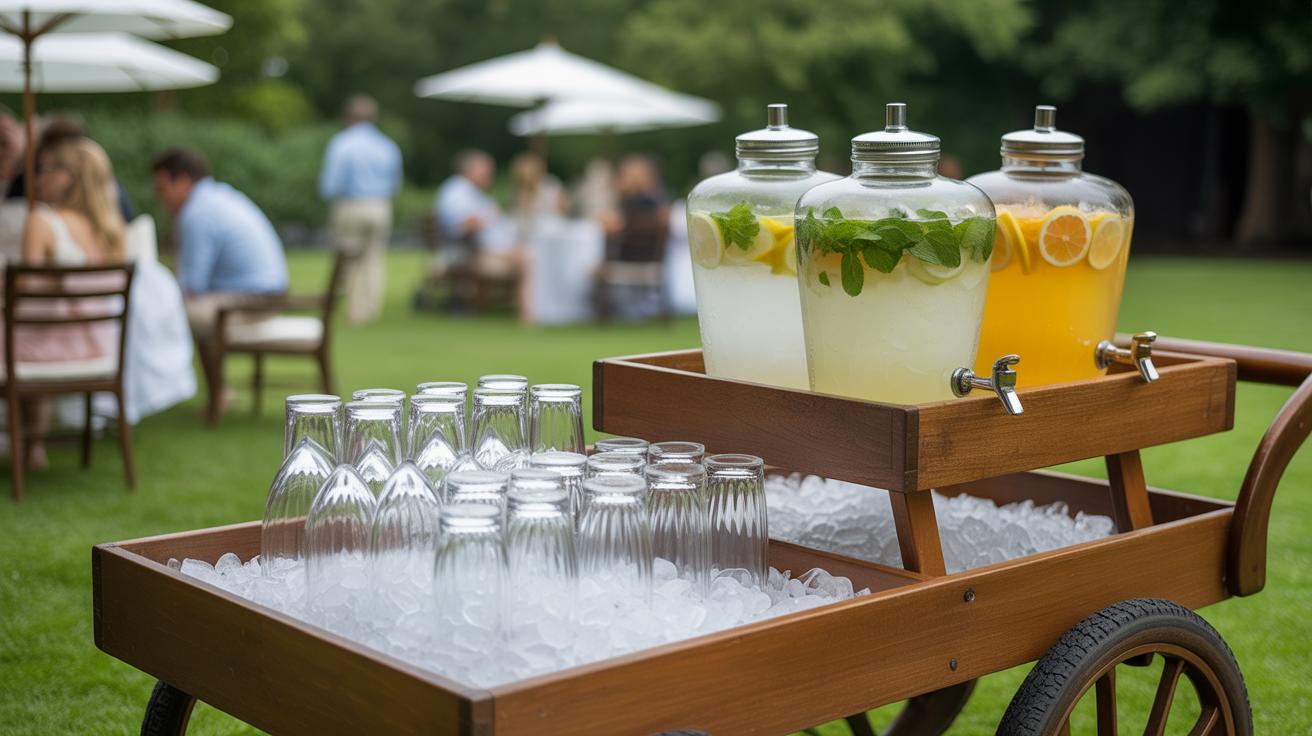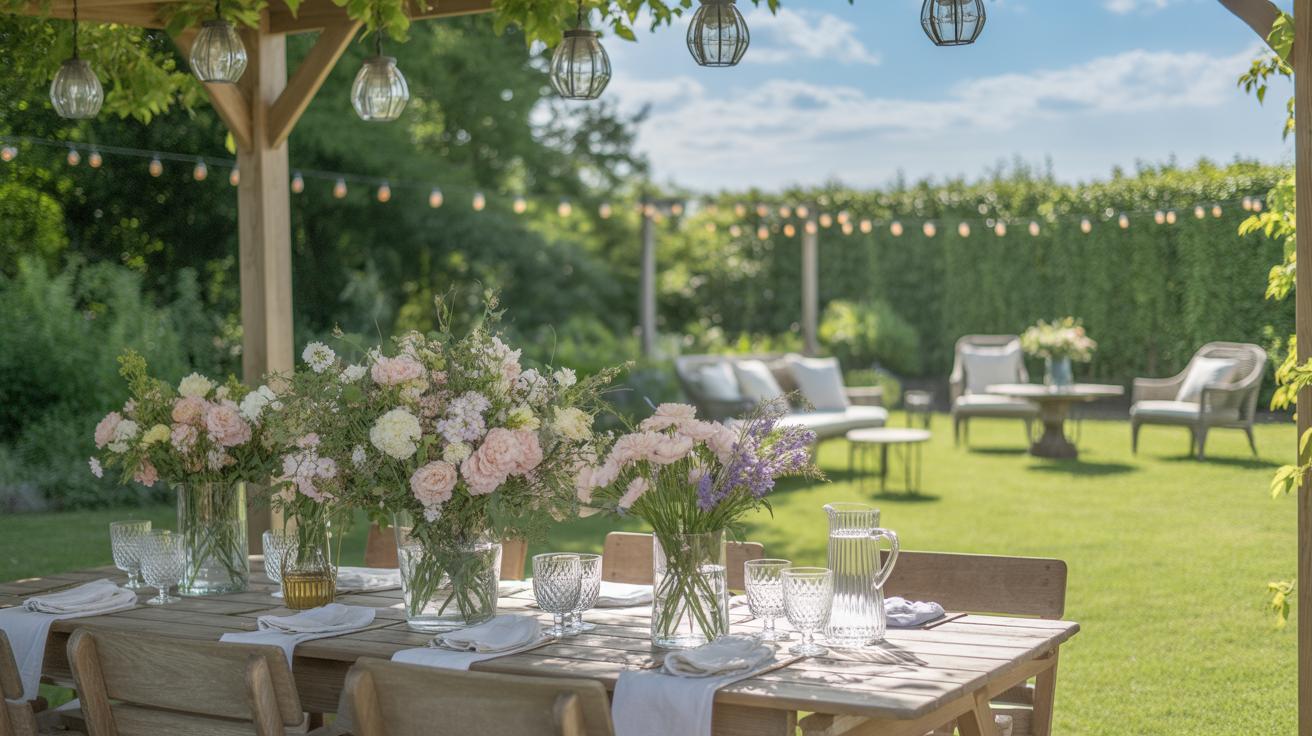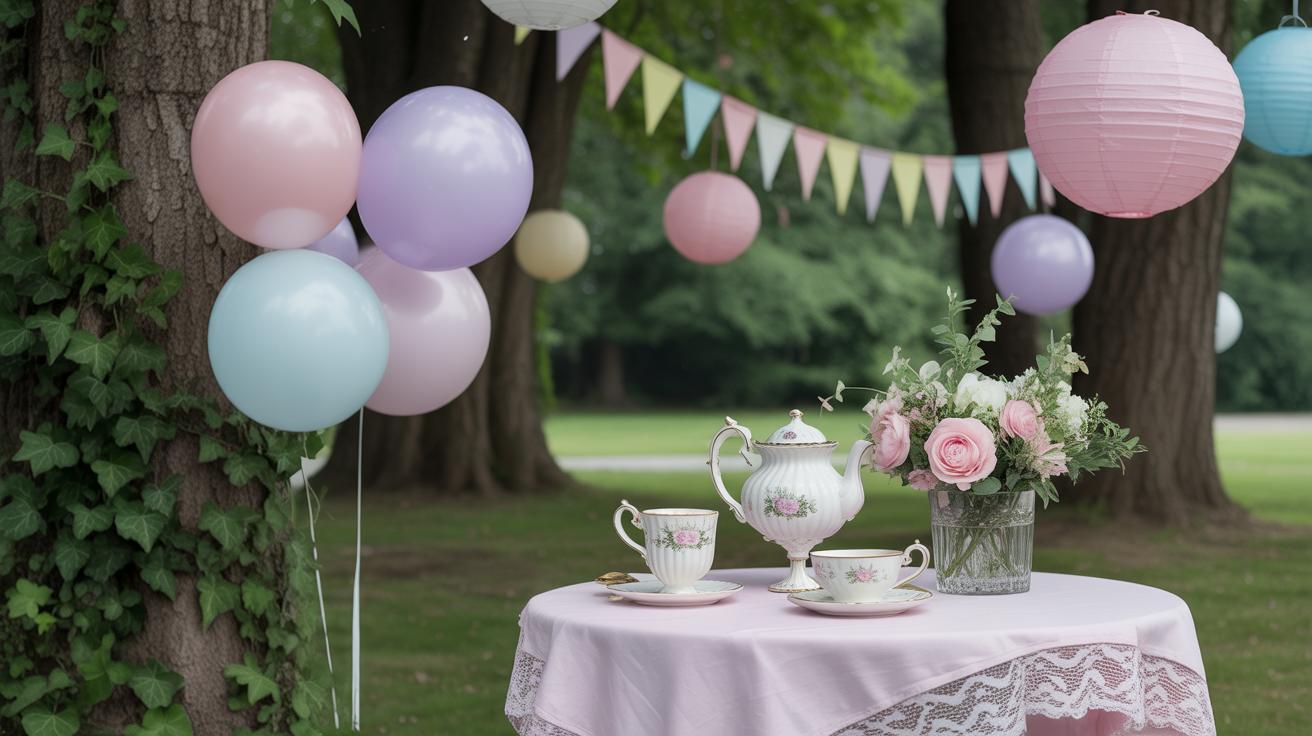Introduction
Charming Tea Party Garden Settings For A Delightful Afternoon can turn any gathering into a memorable event. A garden tea party offers a serene atmosphere where you can enjoy tea, treats, and good company surrounded by nature’s beauty. This article explores how to create the perfect setting for your tea party in your garden, focusing on location, decor, furniture, and more.
Planning your tea party garden involves understanding your space and how to enhance it for comfort and charm. From selecting the right flowers to arranging seating and setting the table, each element plays a role. Let’s discover together how to create your delightful garden tea party atmosphere.
Selecting the Ideal Garden Spot
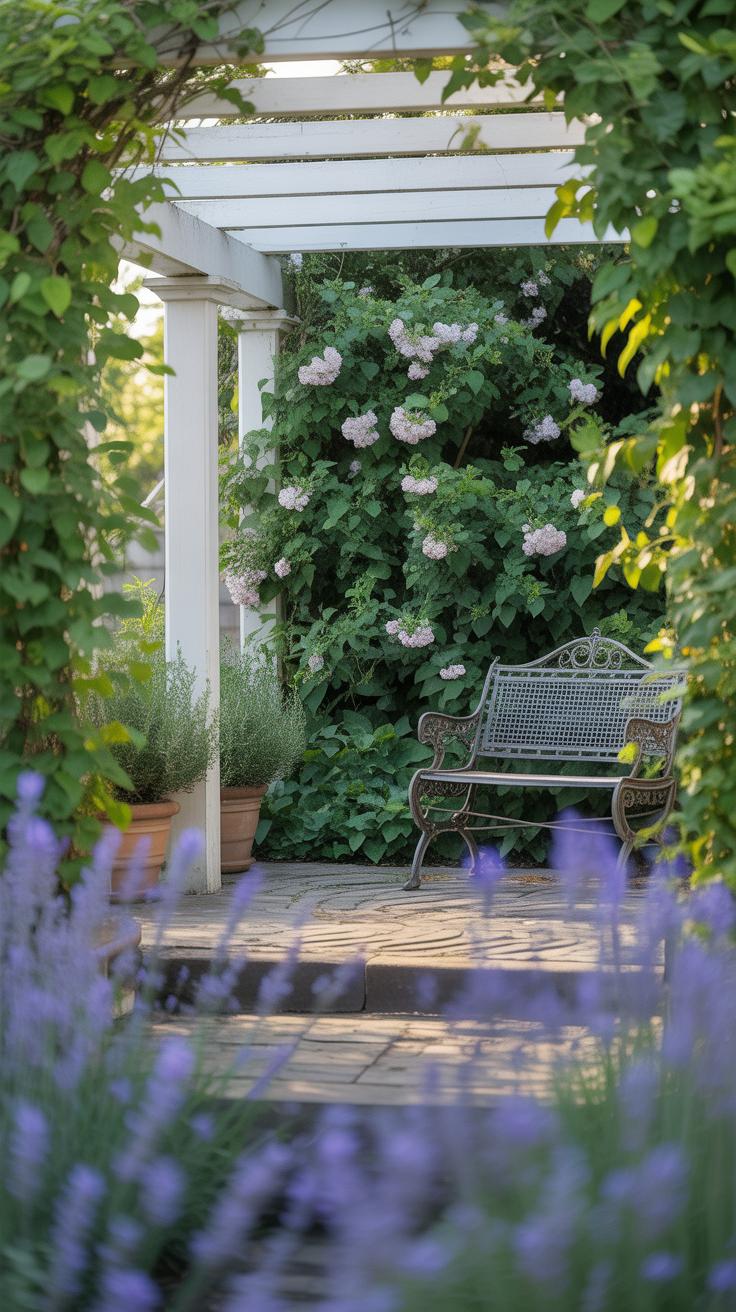
Finding the right spot in your garden for a tea party can feel surprisingly tricky. You want a place that’s pleasant to sit in for an hour or two—not too hot, not too shaded, and without tightly cramped surroundings. When I first tried this, I underestimated how much sunlight really matters. A spot that basks in full sun might seem lovely at first, but by mid-afternoon, it can turn uncomfortable quickly.
Sunlight and Shade Balance
A good garden setting has a mix of both sun and shade, but how to nail that balance? Think about when your party will take place. Early afternoon tends to be warmest—so you want a spot where guests can move between sunny patches and cool shade easily. A patio under a tree with some furniture set just beyond the tree’s shaded edges can work well. It also means guests can adjust depending on the sun’s shifting rays, a little freedom that often gets overlooked.
Too much direct sun can be draining, while too much shade might make things dull or chilly, especially if there’s a breeze. I’ve seen hosts bring portable umbrellas or light canopies just in case—because weather can be unpredictable. It’s worth testing a few spots before your event, maybe sitting there at the same time you plan to host, and noticing what the sun does.
Space and Accessibility
Space is not just about fitting enough chairs, which is obvious, but also about how easy it is to move around, serve food, and even set up beforehand. Narrow pathways or steep garden steps can turn into hidden obstacles when you’re carrying trays of tea or plates of sandwiches. You want a flat enough spot where furniture can rest steadily without risk of tipping or wobbling.
Also, think about guests—some may have mobility hindrances. It’s good to consider if the location is reachable without too much fuss. If you’re setting up a buffet or tea station, close proximity to the kitchen or main house helps. I once placed my tea table in a secluded corner too far from the house. It looked perfect but made carrying items back and forth quite tiring.
Look for an area clear of thorny plants or uneven ground. Even small things like rough patches underfoot can distract from the enjoyment. Maybe a lawn area or a paved section fits best. Your spot should invite lingering, not rushing away because it’s uncomfortable or awkward.
Choosing Garden Furniture for Comfort and Style
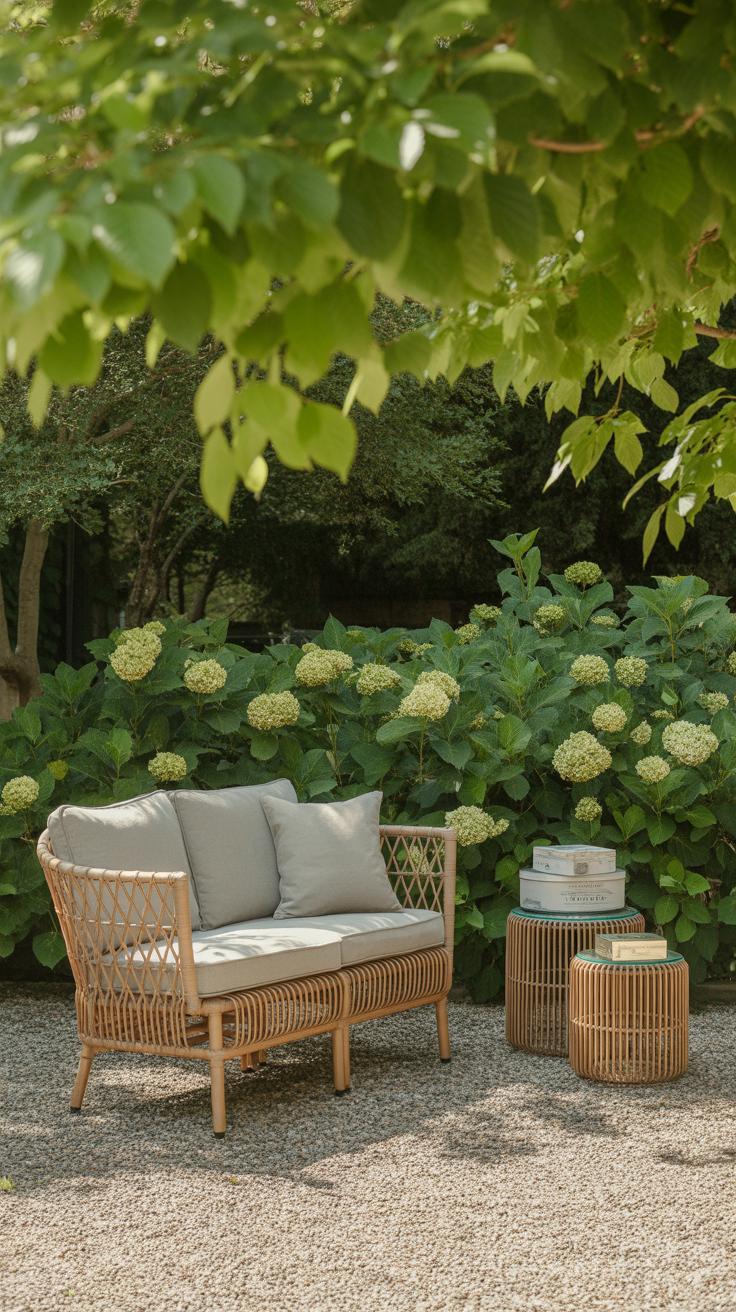
When picking furniture for your tea party garden, comfort must come first—after all, guests will be sitting for a while, sipping tea and chatting. Think about lightweight metal or wooden pieces; wrought iron tables paired with cushioned chairs often work well. They bring both style and a sense of classic charm, but they can be a bit hard, so cushions are almost necessary. On the other hand, rattan or wicker furniture adds warmth and can feel cozier, though it might not fit every garden’s vibe.
Tables and Chairs That Fit the Theme
The style of your tables and chairs should echo your garden’s mood and your tea party’s theme. A vintage English tea party might call for delicately curved iron chairs and a lace-covered round table. If you prefer something more casual, a wooden picnic-style table with benches could work fine—just remember it’s about practical comfort too. Don’t be afraid to mix styles a little; mismatched chairs sometimes create a relaxed atmosphere, though it might not suit a more formal setting.
Adding Cushions and Covers
Cushions do more than make seating softer—they introduce color and texture that can tie the space together. Floral patterns, plain pastels, or soft stripes can all set different tones. Fabric covers for tables can soften the furniture’s look and protect surfaces from spills, but they need regular washing, which can be a bit of extra work. Personally, I like cushions that can be easily removed or swapped out, allowing me to change the mood depending on the season or event.
So, when you’re arranging your garden furniture, think a bit about how guests will feel sitting down. Will that gorgeous iron chair be welcoming or slightly uninviting without a cushion? Does the table size match the number of guests, or will it feel cramped? Sometimes, small tweaks like padded covers or a well-chosen throw pillow can make a huge difference.
Decorating with Flowers and Greenery
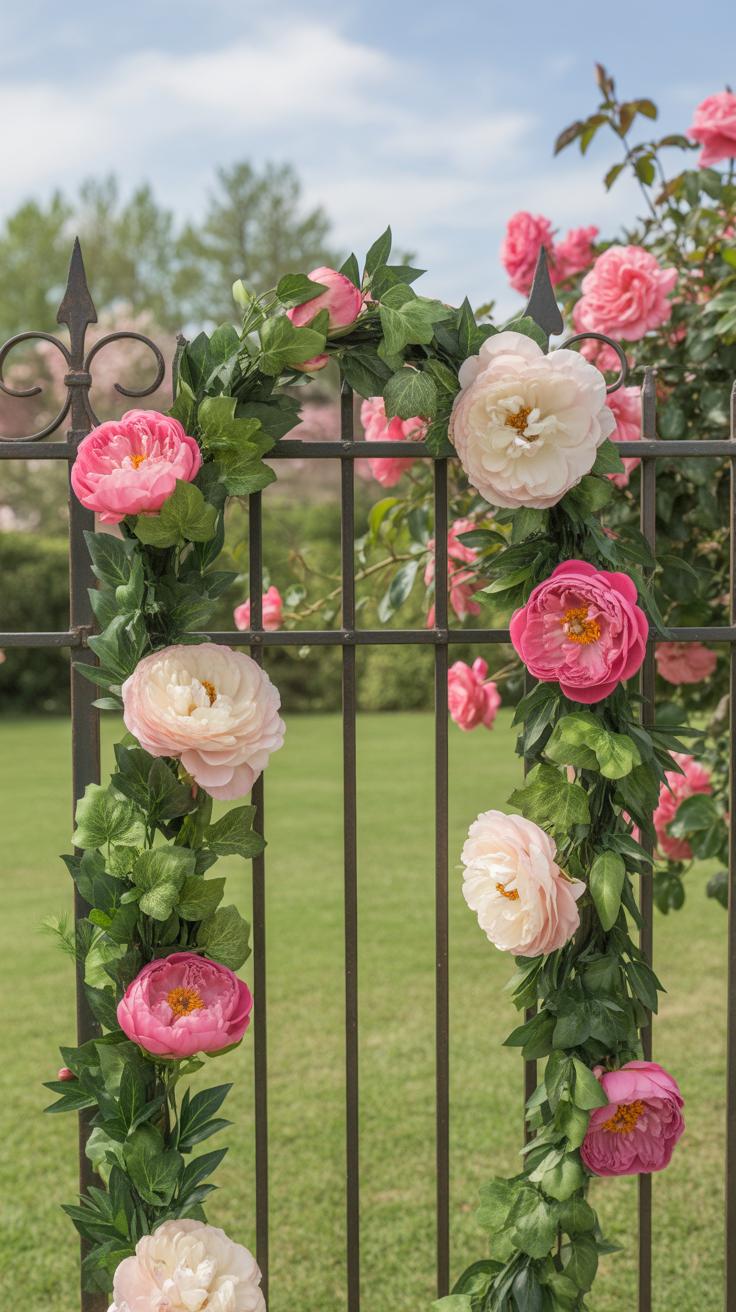
Flowers and plants do more than fill your garden—they bring life to your tea party. When you pick the right blooms, the whole space feels inviting, like it’s waiting just for your guests. But choosing flowers isn’t only about looks. You want scents that won’t overwhelm but gently mingle with the aroma of tea. I’ve found that sticking to seasonal flowers usually means less fuss and happier plants. Plus, they tend to last longer in your arrangements.
Selecting Seasonal Flowers
Look for flowers that are blooming naturally at your event’s time. For spring, tulips, daffodils, and hyacinths offer color and a light perfume. Summer brings in hydrangeas, daisies, or lavender—easy to care for and not too demanding. Fall might steer you towards chrysanthemums or marigolds, which add warmer tones without losing charm. The best part, I think, is how these choices connect your tea party to the rhythm of the outdoors. But, be prepared to trade out some options if your weather shifts unexpectedly.
Arranging Flower Decorations
Flower arrangements don’t have to be complicated to be effective. Placing simple centerpieces with a mix of greenery breaks up the space gently. Try keeping bouquets low so your guests can chat across the table without peering around tall stems. Scatter small pots or sprigs along pathways or hang tiny bundles from hooks or branches—it’s subtle, but it makes the garden feel thoughtful. One trick I’ve used is to combine fresh and potted plants; the variation adds texture and lets you move decorations as the day progresses. Do you want your guests to pause and admire the setting or to casually enjoy it? How you place flowers can shape that mood.
Setting the Table for a Garden Tea Party
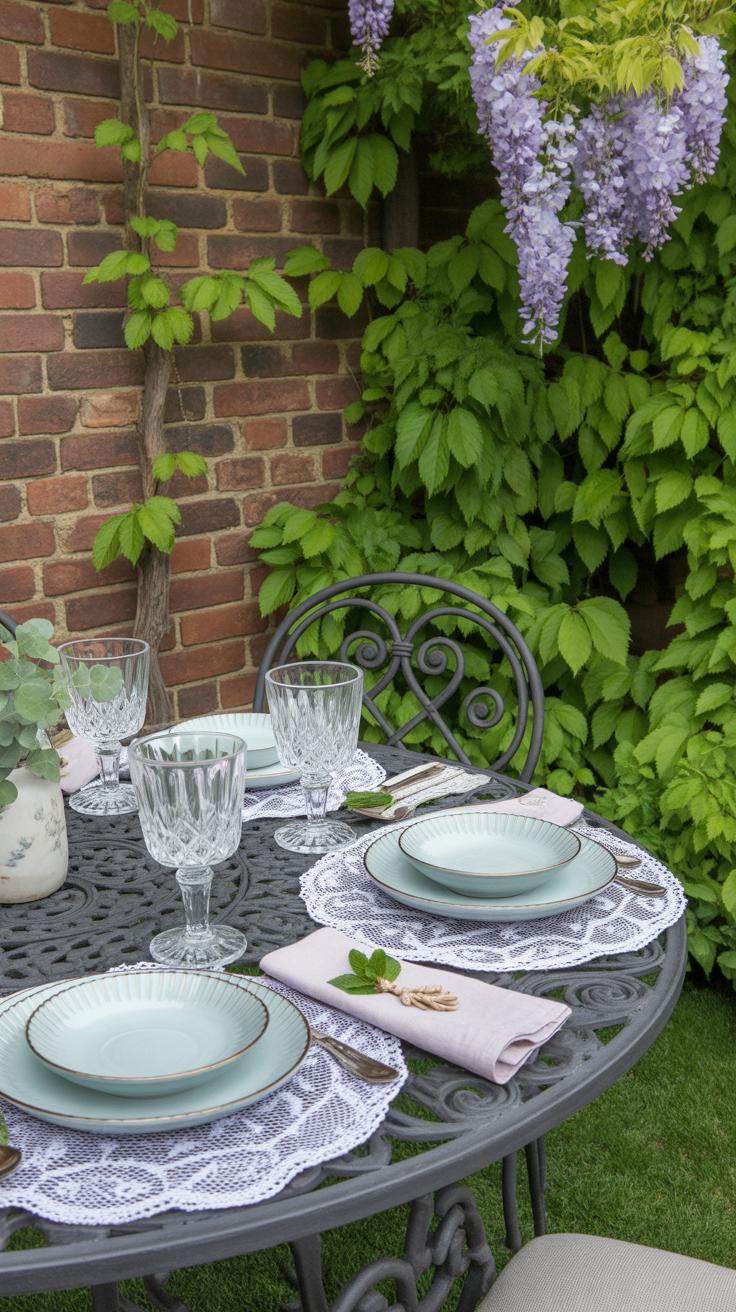
Choosing Tea Sets and Dishes
Picking the right tea cups, teapots, and plates can really change the vibe of your garden party. Think about your garden’s style—is it vintage with soft pastel colors, or more modern and minimal? For a classic feel, delicate porcelain cups with floral patterns can bring charm and a little nostalgia. But if your garden leans toward a fresher, simpler look, plain white or muted-tone ceramics might work better. You want your tea set to complement the natural surroundings, not clash with them. Sometimes mismatched sets create a quirky, cozy feel—don’t be afraid to mix and match if that appeals to you. I once used an old family teapot with newer cups, and it sparked curious conversations.
Adding Table Linens and Utensils
Tablecloths and napkins add texture and warmth. A light-colored linen cloth can brighten up the setting, especially if your garden has lots of green. Patterns are okay but try to keep them soft so they don’t steal the show. Cotton or linen napkins in coordinating colors soften the look and feel more personal than paper. Forks, spoons, and knives should be simple but polished—don’t overthink it, but avoid anything too flashy that might seem out of place outside. You might want to place utensils stylishly; for instance, tying napkins with a sprig of lavender for a casual but thoughtful touch. Setting the table just right makes guests feel welcomed, and honestly, that’s half the joy of hosting a garden tea party.
Selecting Tea and Treats for Your Party
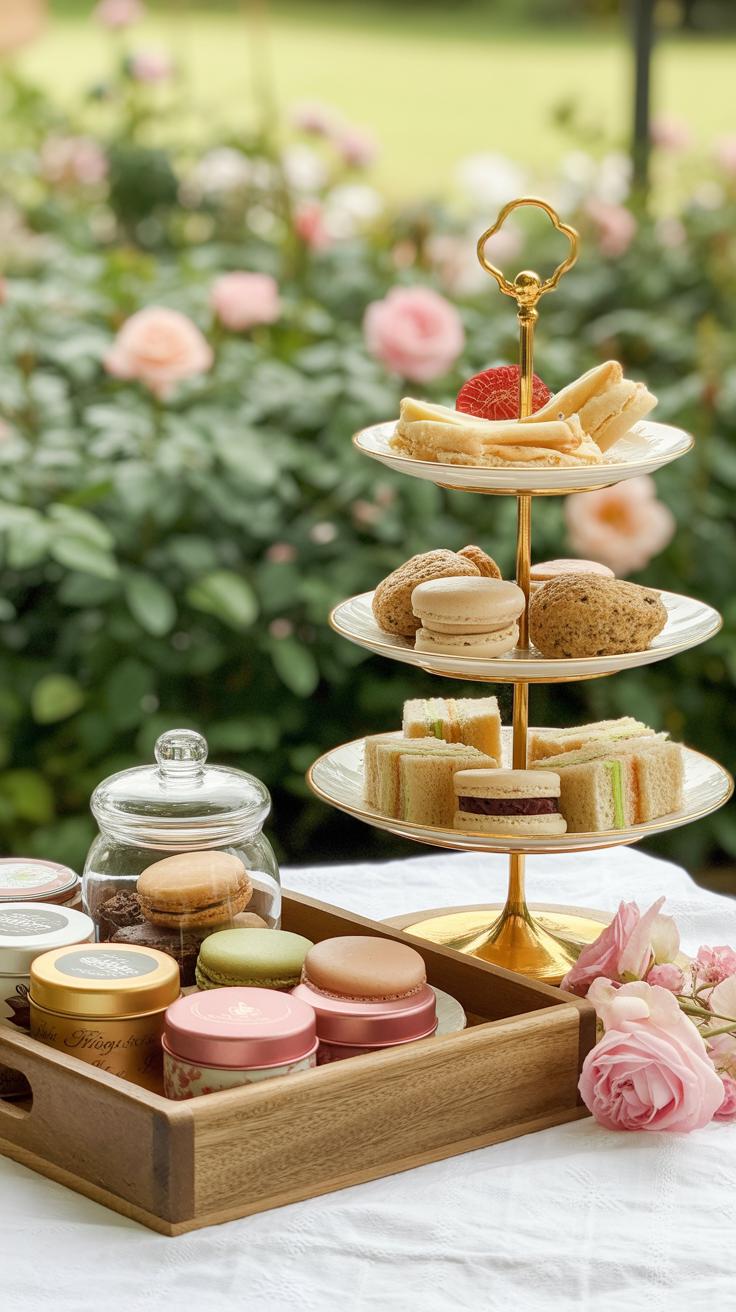
Tea Options for Different Tastes
Offering a variety of teas can make your garden party feel more thoughtful—and it lets guests pick what suits them best. Black tea remains a staple; think Earl Grey or Darjeeling for those who like a stronger, classic flavor. But don’t overlook green teas. They bring a lighter, sometimes grassy note that works well outdoors, especially on warmer days. If you want to keep things gentle and caffeine-free, herbal blends like chamomile, peppermint, or hibiscus can be refreshing and calming.
I found that having at least three different teas on a small tray—one black, one green, one herbal—covers most preferences without overwhelming your setup. Plus, it invites a little adventure; someone might discover a new favorite. You might wonder if offering too many choices feels confusing, but usually, it sparks good conversation.
Sweet and Savory Snacks
Tea parties call for small bites that can be eaten easily while sipping. Finger sandwiches hover near the top of the list. Classics include cucumber with cream cheese, egg salad, or smoked salmon with dill. These don’t just taste nice; they keep hands tidy, which matters if you’re sitting on cushions or at a delicate old table.
Then there are scones, which honestly, I think no tea party is complete without. Serve them warm with clotted cream and jam, but don’t feel limited—you can add lemon curd or even honey for a twist. Pastries, like mini fruit tarts or buttery madeleines, add just the right touch of sweetness without overpowering your teas.
Some savory bites, like cheese straws or mini quiches, add variety and help balance the sweetness. Think about texture and flavor contrasts as you plan. If a guest doesn’t eat sweets, will there be enough savory options? It’s a bit of a puzzle but fun to solve.
Creating the Right Ambiance with Lighting
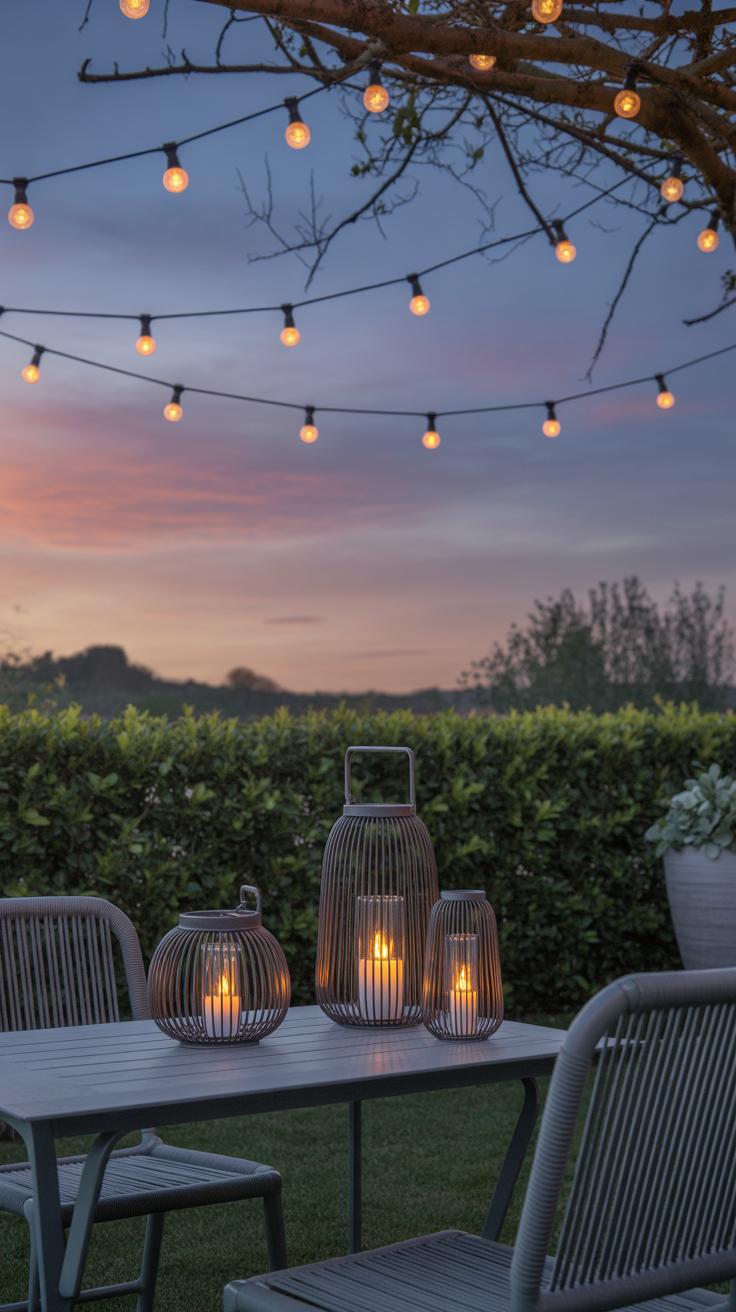
Lighting can completely change the mood of your tea party garden, and getting it right feels more like art than a chore. If your gathering happens during the day, natural light is your best friend. Try setting up near a spot with dappled sunlight—maybe under a tree’s branches or near some flowering bushes. The uneven patches of light and shade add texture that perfectly suits a leisurely tea afternoon.
Think about how sunlight shifts through the day. Early afternoon brings soft, golden rays that feel warm but not harsh, while late afternoon light has a cooler tone that can seem almost serene. Positioning your table so it catches the light just right helps create an inviting scene without needing anything extra.
As the sun dips, things change. This is where soft lighting comes in. String lights overhead or draped along railings offer a gentle glow that doesn’t overwhelm. Lanterns clustered in corners or hanging from branches can add a touch of whimsy and charm—people tend to relax in their presence.
- Candles, whether in glass jars or small holders, bring intimacy. Flickering flames naturally draw eyes and create a cozy spot to gather around.
- Choose warm-toned bulbs to keep the atmosphere inviting. Cool white light feels too stark for a garden tea party.
- Don’t overdo it. Too many lights can take away from the garden’s natural beauty and distract guests.
If you’ve ever watched how the light plays off leaves and table settings in fading light, you might agree it’s almost magical. So, this mix of natural light during the day and soft, warm lighting as evening arrives sets a tone that encourages good conversation and slow, pleasant moments—just what you want for your tea party.
Incorporating Music and Entertainment
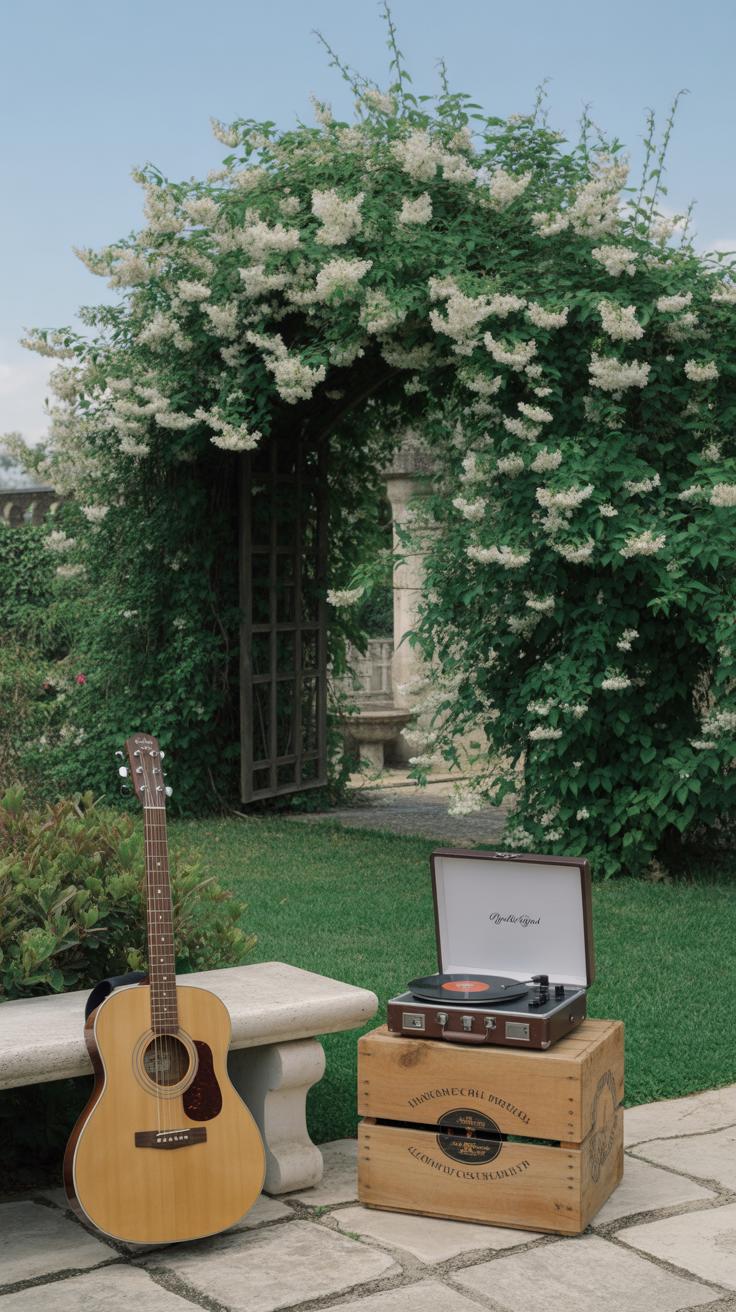
Music can really shape the mood of your garden tea party, but picking the right tunes isn’t always straightforward. You might want something soft and unobtrusive, so conversations flow easily. Think light classical pieces, gentle acoustic guitar, or even some delicate jazz standards. I once tried a playlist of instrumental folk songs and found it surprisingly calming — guests said it felt like a gentle conversation in itself.
Streaming services offer curated playlists labeled “afternoon tea” or “garden party,” which could save you time. But maybe something more personal, like songs from a favorite era or artist, works better if your group has shared tastes. The trick is to keep the volume low so it blends into the background rather than taking center stage.
As for entertainment, simple games work best. You don’t want anything too noisy or distracting, right? Here are a few easy, quiet ideas:
- “Tea trivia” with questions about tea history or fun facts — it’s a gentle conversation starter without requiring prizes or a lot of space.
- A small flower identification game, where guests guess blooms they see around them — it keeps people engaged with the garden itself.
- A light round of charades focusing on garden-related words, just to stir some gentle laughter without overwhelming the calm.
Basically, entertainment should complement the atmosphere, not interrupt it. Are your friends more talkative, or do they prefer to just relax and soak it in? That’s something to think about when planning.
Planning for Guest Comfort and Convenience
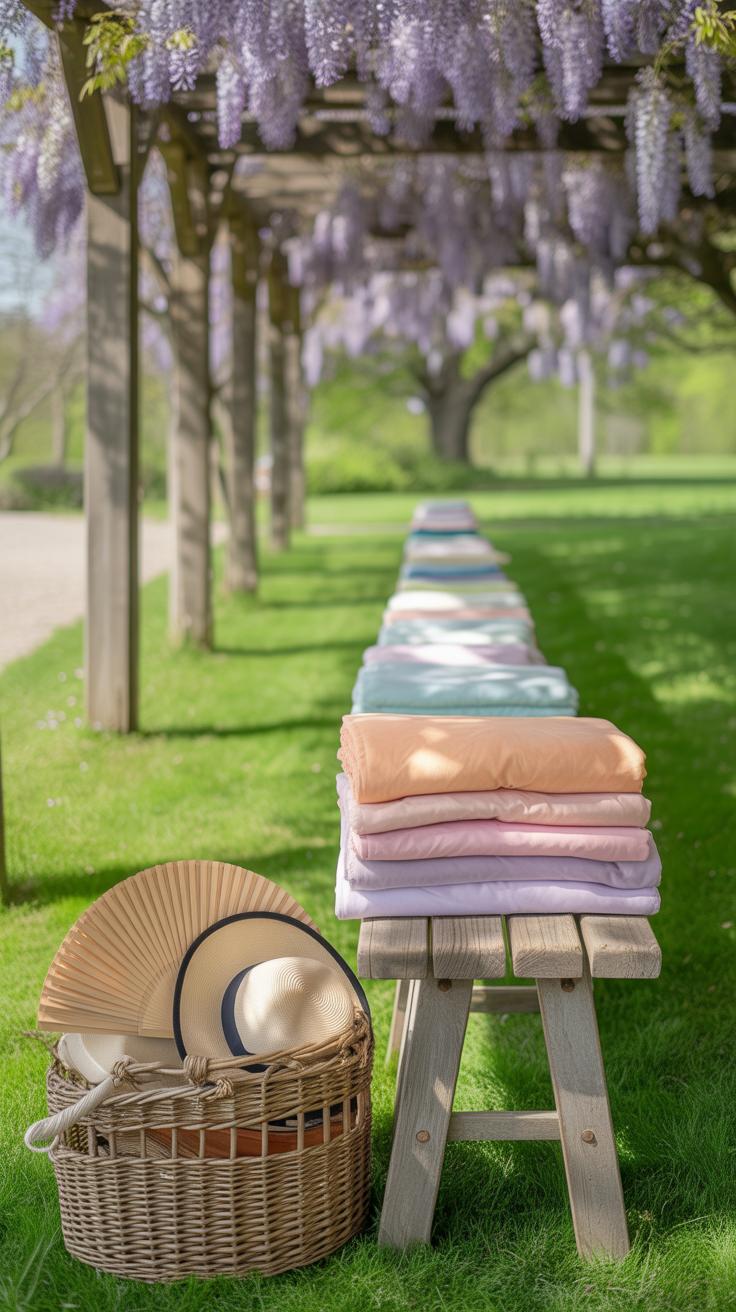
When arranging your garden tea party, think carefully about where your guests will sit. You want a mix of comfortable seating and enough tables for everyone’s tea cups and plates, but don’t overcrowd the space. Too many chairs crammed close together make movement awkward—trust me, I once had guests stumbling over each other during a late afternoon gathering, and it wasn’t the vibe I was aiming for.
Shade is another big factor. Bright sun feels cheerful at first, but after a while, it can wear people out. Simple umbrellas or even small pop-up tents work well without blocking the view of the garden. They also help if there’s a surprise drizzle, which seems to happen just as the scones come out. I’d suggest placing these shelters near seating clusters so guests can effortlessly move into cooler areas.
Arrange your tables and chairs with clear pathways in mind. Think about how people will walk between the refreshment table and seating areas, or how easy it is to mingle without bumping into anything. This little bit of consideration can really change the party flow—guests can chat freely, get seconds without hassle, and generally feel relaxed. Have you ever been to a party where you had to twist and turn just to get from A to B? Avoid that feeling at your tea gathering.
Final Touches for a Memorable Tea Party
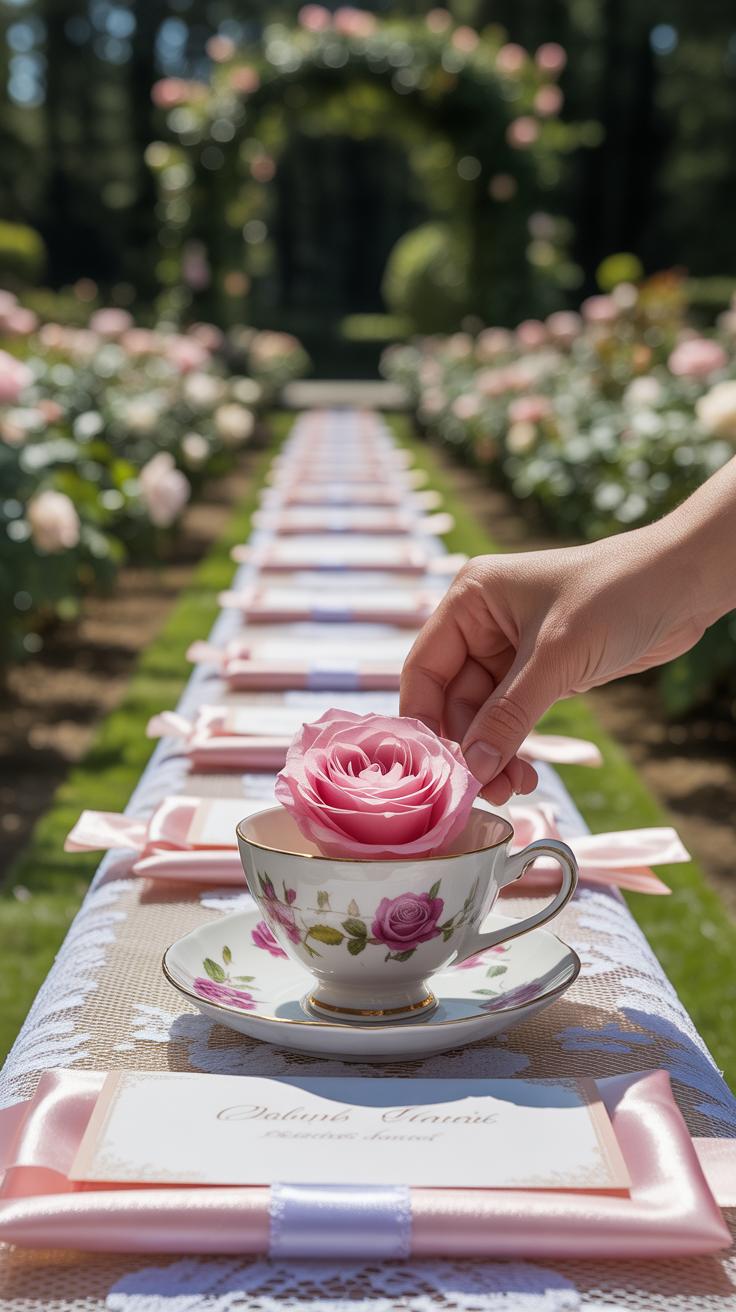
You want your tea party to stick in your guests’ minds, right? That gentle feeling of having been somewhere special. One way to do this starts long before they arrive—with personalized invitations. Handwritten cards or crafted notes tailored to each guest can make them feel genuinely welcome. Maybe you include a little hint about the theme or a quirky quote that matches the afternoon’s mood. It’s a simple detail but often overlooked.
Then there are favors. Small gifts don’t need to be extravagant—think a tiny jar of honey with a ribbon, or a sachet of tea you brewed yourself. These little tokens serve as a thank you and a sweet reminder of the day. They’re chances to show your personality or shared interests.
Don’t forget to capture those moments. You might want to keep a little photo album, or even just snap candid shots with your phone. Guests often appreciate having access to these snaps later—sometimes photos reveal details missed during the party itself. If you’re up for it, a simple notebook where everyone jots down a favorite memory or quote from the day can be a charming keepsake. It might feel a bit awkward at first, but you may find it’s one of the most treasured parts afterward. After all, what really stays with us are those small, personal touches that feel like they came from the heart.
Conclusions
Your garden can become a lovely spot for a tea party with a little planning and creativity. By choosing the right location, decorating tastefully, and paying attention to details like seating and lighting, you ensure your guests have a pleasant experience. Think about what you enjoy and focus on making the space welcoming and comfortable.
Remember, a garden tea party is about relaxing and enjoying the moment. Use the ideas shared here to inspire your unique setting and create happy memories with friends and family. Your charming tea party garden will be a place to look forward to every time.


